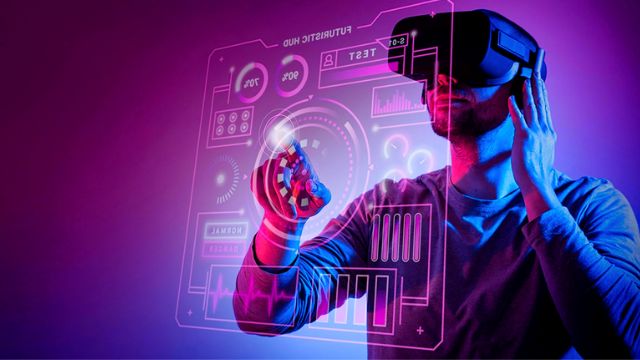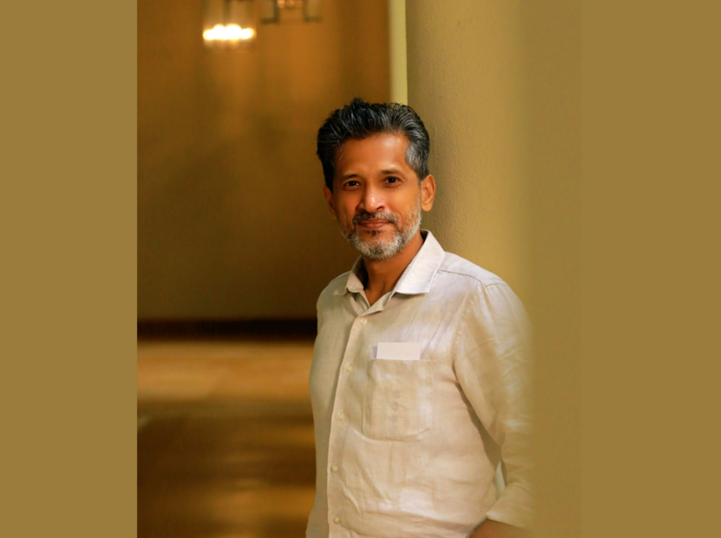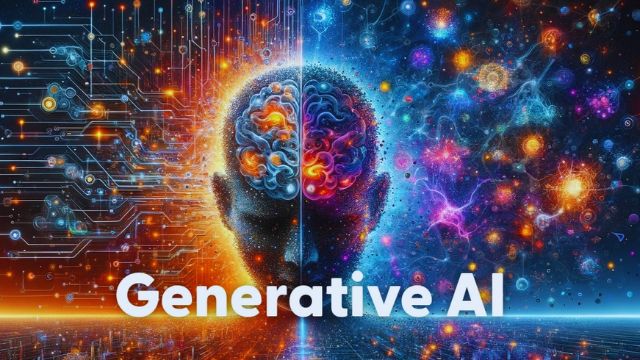Bridging Realities: Spatial Computing and the Metaverse in India’s Tech Revolution

As India positions itself at the forefront of technological innovation, spatial computing and the metaverse are emerging as key areas of development. These technologies promise to transform how individuals and businesses interact with digital environments, merging physical and virtual worlds in unprecedented ways.
Understanding Spatial Computing and the Metaverse
Spatial computing encompasses a range of technologies that enable the creation of interactive, three-dimensional virtual spaces. This includes augmented reality (AR), virtual reality (VR), and mixed reality (MR). The metaverse, a collective virtual shared space created by the convergence of virtually enhanced physical and digital reality, is an extension of these concepts, offering a persistent virtual environment where people can meet, work, and play.
Current Landscape in India
India’s tech industry is keenly exploring spatial computing applications across various sectors including real estate, education, healthcare, and entertainment. Innovative use cases are being developed, such as virtual showrooms for automakers, AR-enabled learning experiences in classrooms, and immersive telemedicine solutions.
Key Drivers of Adoption
Several factors are fueling the adoption of spatial computing and the metaverse in India:
- Rising Internet Penetration: With one of the world’s largest internet user bases, India’s digital audience is a ripe market for advanced digital experiences.
- Government Initiatives: Programs aimed at digitizing public services and promoting tech innovation are supporting growth in this area.
- Private Sector Investment: Major corporations and startups alike are investing in AR and VR technologies, recognizing their potential to enhance customer experiences and operational efficiencies.
Challenges to Overcome
Despite the excitement, there are significant challenges:
- Infrastructure: Adequate digital infrastructure is crucial for these technologies, and areas of India still lack high-speed internet access.
- Cost: The high cost of VR and AR hardware limits widespread consumer adoption.
- Awareness and Skill Gaps: There is a need for greater awareness and education regarding the potential applications of these technologies, as well as training for developers.
Innovative Examples
- Education: Schools in urban areas are using VR to create immersive learning environments that simulate historical events or scientific phenomena.
- Healthcare: Hospitals are adopting AR for complex surgeries, providing surgeons with real-time, three-dimensional visualizations.
Future Prospects
Looking ahead, the integration of AI with spatial computing could further enhance the capabilities of these technologies. Real-time data processing and improved user interfaces could make virtual environments even more interactive and responsive.
Conclusion
As spatial computing and the metaverse continue to evolve, they are set to redefine the digital landscape in India. With the right investment in technology and infrastructure, along with a focus on overcoming current challenges, India can leverage these technologies to achieve significant social and economic benefits. The coming years will likely see these virtual technologies becoming as commonplace and essential as smartphones are today.
This overview of spatial computing and the metaverse in India highlights the transformative potential these technologies hold. As stakeholders navigate challenges and explore opportunities, the trajectory of these innovations will be crucial in shaping India’s digital future.








